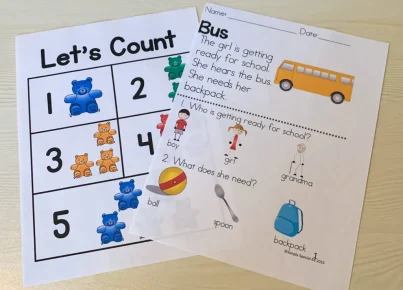Introduction:
Special Educational Needs (SEN) is a term used to describe students who require additional or modified support in their education due to disabilities or learning difficulties. As students with SEN progress through their education, there is often a focus on addressing their needs and ensuring they receive adequate support. However, as these students reach the age of 16 and transition into adulthood, uncertainties often arise regarding where the limits of responsibility lie in terms of SEN support. This article will explore these responsibilities and discuss how various parties, including parents, educational institutions, and the students themselves, play a role in managing SEN after the age of 16.
Parental responsibilities:
Parents hold a crucial role in supporting and advocating for their children with SEN throughout their lifetime. While providing support may be instinctive for most parents, legal expectations and requirements change once a child turns 16. In many jurisdictions, parental responsibility for students with SEN formally ends at the age of 18. However, this does not mean that parents should abandon their duties to offer guidance and assistance during this transitional period. Continuously fostering independence and empowerment in children with SEN is vital to enabling them to navigate the complexities of adult life.
Educational institution responsibilities:
Educational institutions play an essential part in meeting the needs of students with SEN past the age of 16. Many students choose to further their education via colleges or universities where Specific Needs departments are still obligated to provide reasonable accommodations under disability discrimination legislation. Institutions must collaborate with students to identify potential barriers and implement suitable modifications as necessary.
In addition to tertiary institutions, vocational schools also have a responsibility in ensuring that students with SEN receive appropriate support while developing work skills. Continuation of personalized learning plans and working closely with instructors to meet individual needs assists these students in preparing for employment.
Student responsibilities:
As individuals with SEN grow older, it is important they take on an increasing level of responsibility for their own well-being and success. This includes self-advocacy, effective communication of needs, and actively participating in decision-making processes. Students must comprehend and exercise their legal rights, access available support services, and make informed choices about their education or employment pathways.
Government responsibilities:
Governments play a crucial role by offering updated policies and legislative frameworks to protect the rights of students with SEN past the age of 16. This includes provision for financial resources, the creation of accessible training programs within the labor market, and upholding anti-discrimination laws to ensure equal opportunities for these individuals.
Conclusion:
Responsibility for SEN after the age of 16 cannot be solely placed on one party, as it is a collective effort that involves parents, educational institutions, the students themselves, and governments. Through collaboration, awareness, and commitment to inclusion, individuals with SEN can be empowered to forge their path into adulthood while continuing to receive necessary support. Ultimately, the limits of responsibility do not lie within a strict age bracket but rather in understanding each individual’s unique potential that deserves to be nurtured throughout their lifetime.





